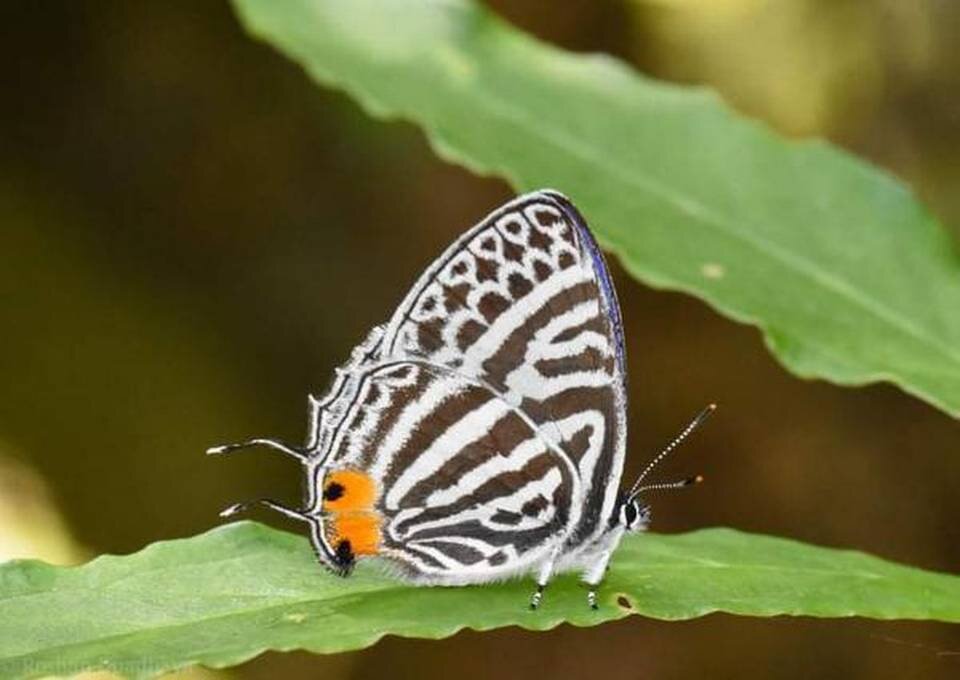7667766266
enquiry@shankarias.in
External Commercial Borrowings
Current Account
Current Account Deficit
Central Zoo Authority
PM-SAVNidhi Portal
Click here to know more about PM-SVANidhi
New Butterfly Species in India

Namdapha National Park
Source: The Hindu